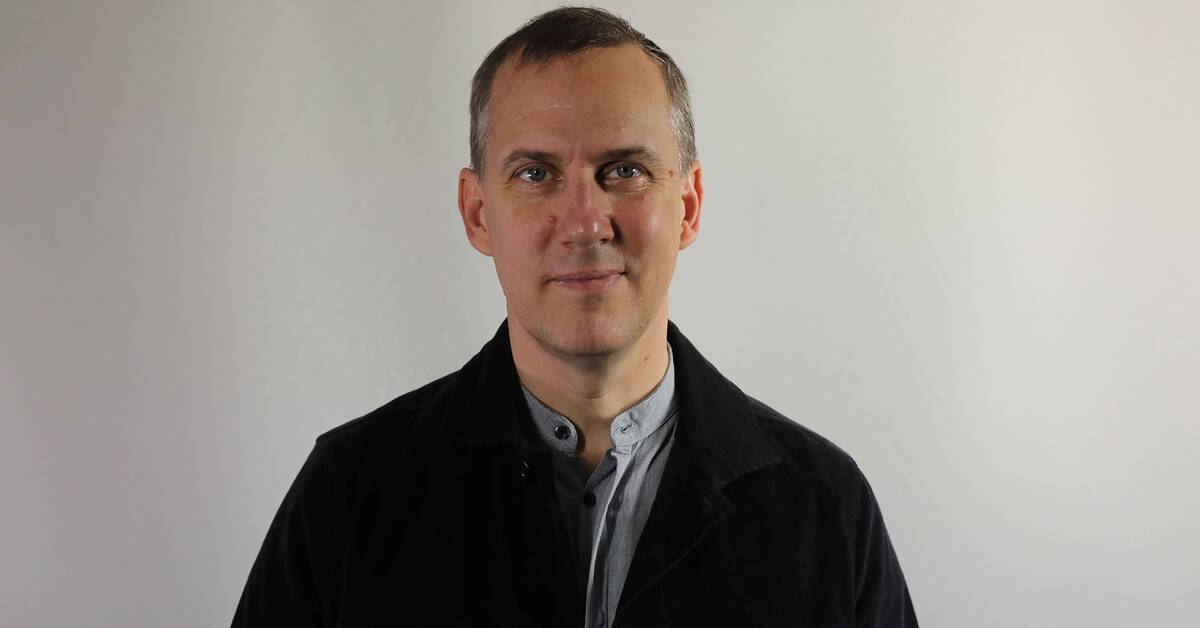In most EU countries, clear-cutting farming is uncommon.
There, clear cutting is used so that not all trees are felled over large areas, but individual ones that have fully grown are felled.
In Sweden, on the other hand, clear-cutting is used in 97 percent of the cases according to the Swedish Forestry Agency.
- I regret that I didn't push harder and I think many people who work in the forestry industry feel that today.
That we have lost 50 years.
We should have worked with new alternatives to clear-cutting, because clear-cutting is a nineteenth-century method, says former forest company manager Leif Öster in The battle for the forest continues in SVTplay.
Scarecrow of junk forests
The clearcutting mill is efficient and well suited for the pulp industry because both thinnings and the final felling provide a lot of fine wood for paper.
Many managers of forestry companies and forest authorities therefore defend clear-cutting.
They have also been told during their education at the Forestry Academy how bad it was with the "junk forests" 100 years ago.
Those who were "browsed" - a method which means that all large trees were removed and that there were increasingly smaller trees in the forests because those with the best genes did not germinate into new plants.
There is a concern that today's no-till methods are just as bad.
Everyone knows everyone among the forest managers
But in other countries, research into the no-till has progressed.
Finnish studies state that it can be more profitable for the forest owners and also be better for the climate and endangered species.
Now Swedish research also shows that it seems that the Forestry Academy (now the Faculty of Forest Science SLU) cast the forest company managers in the same mold.
- There is a way of looking at forestry that comes via the education system.
When you enter working life, this identity and culture remain.
Everyone knows everyone and it's easiest if you use conventional methods, says sustainability researcher Sara Brogaard at Lund University.
She has investigated why the resistance to clear-cutting is so great in the Swedish forest industry.
- Most people who attended the Forestry Academy see forestry as an intensively cultivated system, almost like a forest plantation.
Then it is difficult to take on new ideas, according to Sara Brogaard.
More competition is needed in forestry education
Forestry-related research in Sweden is primarily conducted at the Swedish University of Agriculture and the research institute Skogforsk.
A significant part of the research is paid for by the industry.
The old forest company manager Leif Öster is calling for more forestry education at various universities to release new ideas and more independent research.
Because there are many interests in the Swedish forest, and the pulp industry is one of those that has long held the heaviest weight.
But the question is, wouldn't all blueberry pickers, endangered species and summer cottage owners have more of a say?
Three years ago, a large number of environmental organizations collected 45,000 signatures for state-owned Sveaskog to be steered away from clear-cutting.
They left the petition to the minister in charge at the time, Ibrahim Baylan (S), but nothing happened.
When a similar collection of names was carried out in Finland, the effect was that the state-owned Finnish forest company now runs 25 percent clear-cutting.
The EU Commission is also not satisfied with Swedish forestry because it does not rhyme with climate goals and promises about biodiversity.
In addition, it may be worth more economically to leave forests for the sake of nature tourism than what you get for the wood, studies show.
The question is whether it is not time for more free competition between all different forest interests?
In any case, one thing is clear – The battle for the forest continues.

